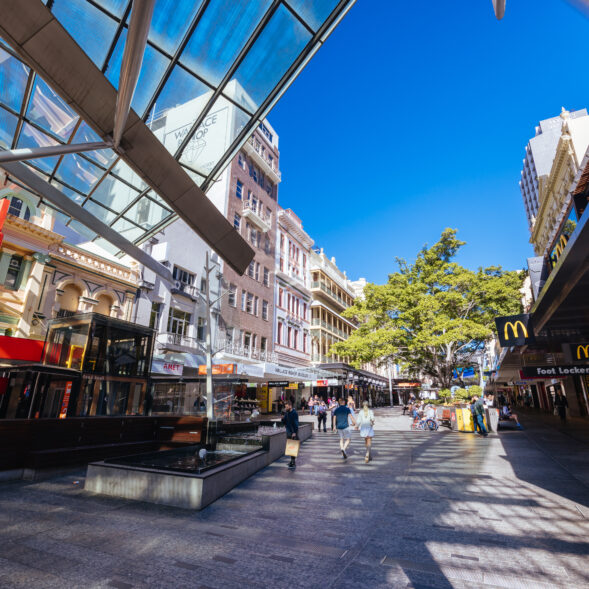When home buyers and investors are considering their next move in the property market, median house prices have long been a key indicator for gauging property values in Australia.
However, this measure doesn’t always reflect the price movement of individual homes, and even within a suburb, local market variations can diverge significantly from the overall median price shift.
It has been widely reported that Melbourne’s dwelling price now ranks behind those of Sydney, Brisbane, Adelaide and Perth, with only Darwin and Hobart having lower median dwelling prices among the major capitals. It is important to note the mix of properties included in the median dwelling price calculation. Sydney, Melbourne and Darwin have a significantly higher percentage of apartments within their market compared to the remaining capital cities.
There is an important distinction between the median dwelling price, which includes units and houses, and the median house price, which can often be misunderstood in the marketplace.
Let’s examine some of the limitations of median prices and why it’s important to analyse the current market conditions directly, rather than relying on large datasets and algorithms.
In any given period, there can be market composition changes impacting median price movement within a suburb. That is, a rise in the median price may not reflect an increase in individual property values but rather a shift in the types of properties sold. For example, if more high-end, four-bedroom, three-bath properties are sold in a certain desirable pocket of a suburb, the median house price will increase, even if the value of a typical three-bedroom house remains unchanged.
We’ve also observed approximately a 10 to 15 per cent difference in median house price movements between renovated or newly constructed homes and those needing work or development. This difference is largely due to increased construction costs and the uncertainty of the total capital outlay against the end value of the project, which is more pronounced in a declining or buyer’s market.
Australia’s housing market is diverse, with significant price variations between regions. For example, Sydney’s median house price is considerably higher than that of Adelaide or Darwin. A national median can mask these regional disparities, leading to inaccurate conclusions about the overall market. This effect can also be seen within a single suburb, where sales of homes with desirable features (like views) can impact the median differently than sales of less desirable properties (like those on busy roads).
Unfortunately, the median house price does not directly reflect affordability. In cities where prices have risen sharply, such as Brisbane, the median house price has increased by 96 per cent over the past decade, potentially outpacing wage growth and making home ownership less attainable for many buyers, in particular those seeking their first home.

The presence of investors can also influence median prices in some markets. For example, in Central Queensland, intense demand from investors has driven up prices, with some properties selling for significantly more than their asking price.
In Victoria, the Small Lot Housing Code (SLHC) has become far more prevalent, which in turn has impacted median price values. The SLHC facilitates the development of smaller housing products (under 300 square metre lots) by streamlining the approval process, leading to more affordable options. Many of the large builders in Victoria extensively use the SLHC, reportedly accounting for up to 25 per cent of all new builds and predicted to grow to at least 50 per cent over the coming years.
So, while the median house price is a commonly used statistic, it shouldn’t be relied upon in isolation to gauge the health or trends of the Australian property market. A more nuanced approach, incorporating various indicators, specific property attributes and consideration of regional differences, provides a clearer and more accurate picture of the housing landscape.










